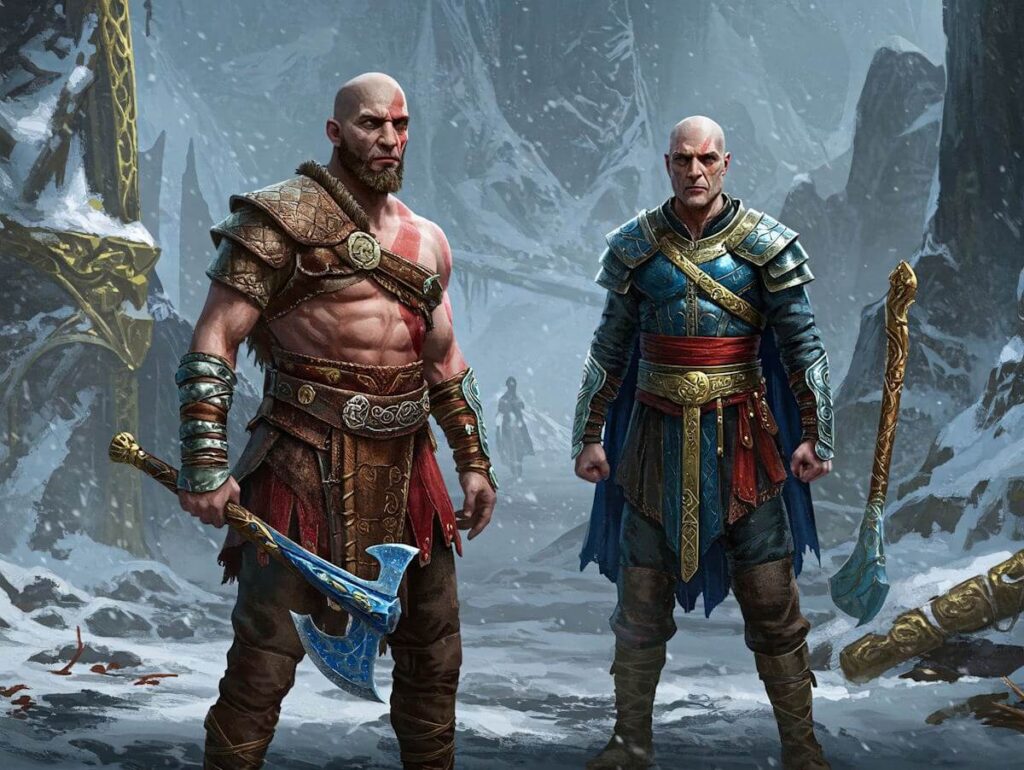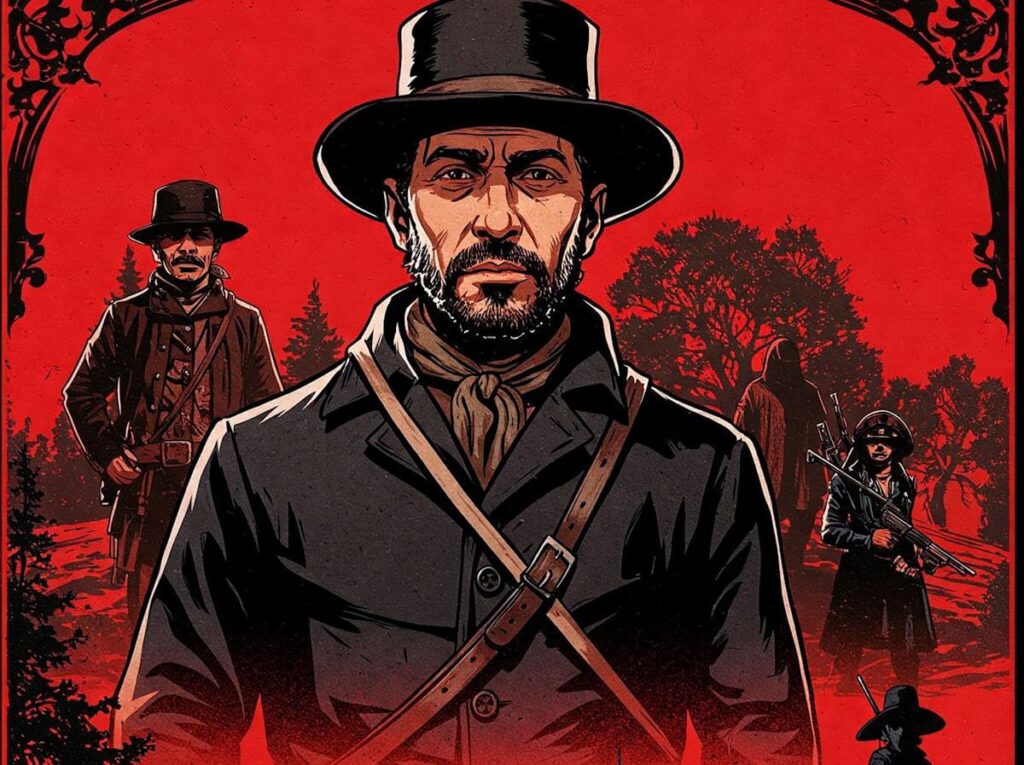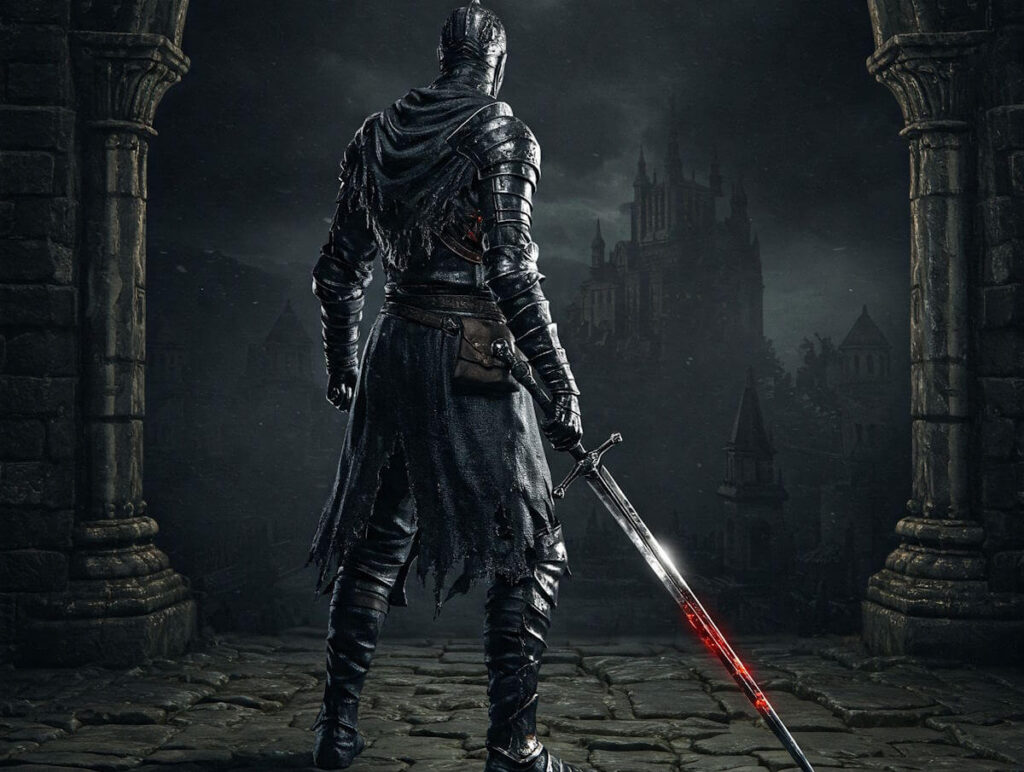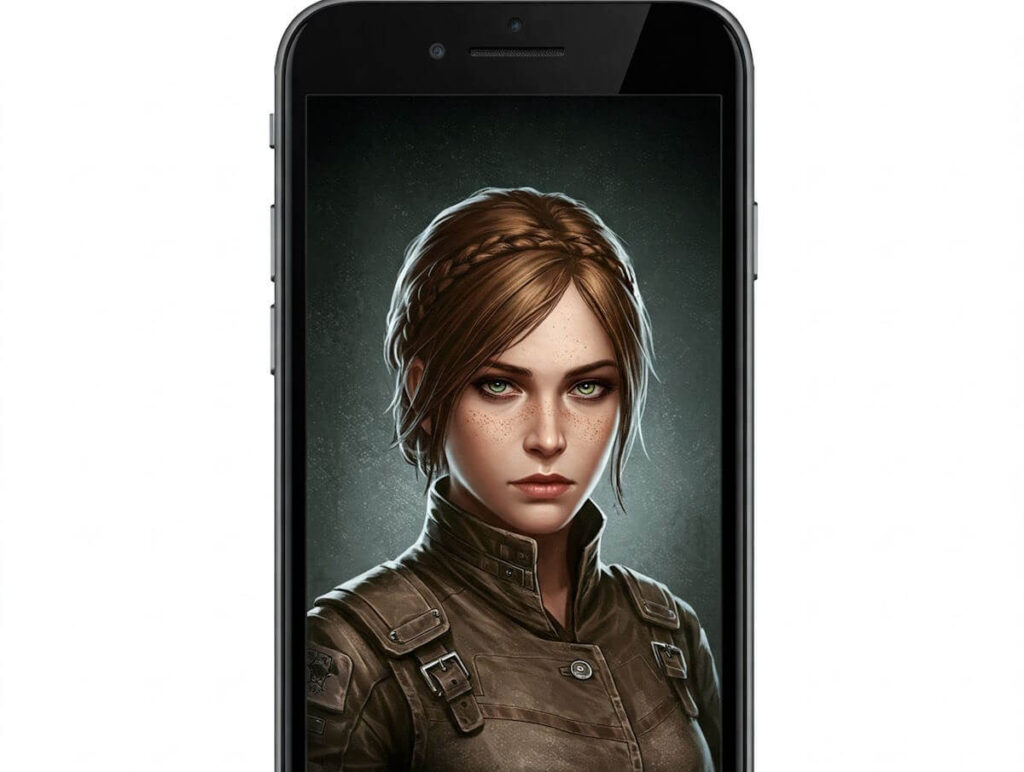Minecraft is a sandbox video game that was initially created by Swedish developer Markus Persson, popularly known as “Notch.” Released to the public as a developmental release on May 17, 2009, and later officially in November 2011, the game has experienced an astounding journey from a simple independent project to one of the best-selling video games in history. Its unique block-based design and open-world mechanics provide players with endless opportunities for creativity and exploration, fundamentally altering the landscape of gaming.
At its core, Minecraft offers players a world comprised entirely of blocks, each representing various materials such as dirt, stone, wood, and minerals. This building-block approach allows players to reshape their environment, constructing anything from simple homes to elaborate structures and vast landscapes. The gameplay is divided into different modes, including Survival, where players must gather resources and maintain their health, and Creative, which gives players unlimited resources for construction without health concerns. With its straightforward mechanics, Minecraft encourages players to utilize their creativity and problem-solving skills as they navigate a virtually infinite terrain.
The game’s evolution can be traced through its continual updates and expansions, introducing new features, biomes, and gameplay elements that significantly enhance the player experience. From the original “Alpha” version to the most recent updates, Minecraft has innovatively integrated elements like crafting, enchantments, and multiplayer functionality, fostering a vibrant online community. Its adaptability to various platforms—ranging from personal computers to consoles and mobile devices—has further solidified its status as a cultural phenomenon. As Minecraft continues to evolve, it remains a testament to how simplicity can inspire creativity and collaboration among millions of players around the world.
The History of Minecraft Updates
Since its initial launch in 2011, Minecraft has undergone a remarkable evolution, primarily driven by a series of significant updates that have shaped gameplay and expanded the virtual world. The game’s developer, Mojang Studios, has consistently prioritized enhancing the player experience by introducing new features, mechanics, and dimensions. This commitment is evidenced throughout the timeline of Minecraft updates, each contributing uniquely to its enduring popularity.
In 2011, the first major update, known as the Adventure Update, was released. This introduced essential game mechanics, including the addition of dungeons, new mobs, and enhanced gameplay elements like the hunger system. The Adventure Update was pivotal, as it transformed the game from a simple building simulation into a more immersive experience, where exploration and survival became central themes.
Following this, updates such as the Redstone Update in 2013 brought complex mechanics to the forefront, allowing players to build intricate contraptions and machines using redstone, a key resource in the game. This update paved the way for an entirely new subset of creativity within Minecraft, as players began sharing their innovative creations online.
The Nether Update, released in 2020, marked another major milestone by reimagining the Nether dimension. New biomes, mobs, and resources were introduced, enriching the gameplay experience and providing players with a fresh context for exploration. Each update has been met with enthusiasm from the community, highlighting the close relationship between Mojang and its player base.
Considering these enhancements chronologically shows a deliberate strategy by Mojang to foster a responsive and evolving gaming environment. By prioritizing the implementation of player feedback into each update, Minecraft not only retains its relevance but also continues to captivate millions around the globe. As we reflect on the update history, it becomes clear that every addition has enriched the tapestry of gameplay possibilities, making Minecraft a unique and enduring title in the gaming landscape.
Community Contributions and Mods
The vibrant Minecraft community plays a crucial role in the ongoing evolution of this blocky universe. Through a devoted and passionate user base, players not only partake in the game but also contribute significantly to its development through the creation of mods and custom content. These modifications and additions provide players with diverse gameplay experiences that go beyond the game’s original scope, allowing for personalized and often innovative ways to engage with the Minecraft world.
Mods, or modifications, are especially influential. They encompass a wide range of enhancements, from simple quality-of-life improvements to comprehensive gameplay overhauls. Some mods introduce new creatures, biomes, and adventures, which can transform a player’s experience entirely. The creativity displayed by modders has even led to entirely new game mechanics or genres being born within the Minecraft ecosystem. Moreover, popular mods often garner large followings, thus creating an interactive community that shares ideas, feedback, and support.
Community events further exemplify how Minecraft players unite to foster creativity and teamwork. These events include competitions, collaborative builds, and numerous charity drives, encouraging engagement among players. Such activities not only enhance the sense of community but also help to showcase the endless possibilities within Minecraft, driving further interest in both the game and its modding community.
Interestingly, these player-driven contributions have not gone unnoticed by the developers of Minecraft. The official updates frequently draw inspiration from popular mods and community suggestions, illustrating a reciprocal relationship between players and developers. This dynamic ensures that Minecraft remains a living, breathing universe, constantly evolving with the input and creativity of its dedicated fanbase. The imagination and ingenuity of the Minecraft community are fundamental to the game’s vitality and enduring popularity.
Technological Advancements and their Impact
The evolution of gaming technology has significantly influenced the development and longevity of Minecraft, ensuring the game remains a prominent player in the competitive gaming landscape. One of the most notable advancements is in the graphics and performance capabilities of modern hardware. As new gaming consoles and PCs emerge with enhanced processing power and better graphics support, Minecraft has effectively utilized these improvements to enrich the visual experience. For instance, the introduction of ray tracing effects has brought a new level of realism to the game, allowing light and shadows to enhance the blocky aesthetic, which, despite its relatively simple graphics, creates an immersive environment for players.
Furthermore, cross-platform compatibility has revolutionized how players engage with Minecraft. Traditionally, players were often tied to specific consoles or systems, but advancements in technology now allow gamers on different platforms to join together in the same world. This has expanded the community and fostered collaboration among players, enhancing social interaction and in-game experiences. With Minecraft now available on consoles, PCs, and mobile devices, users can connect and play without barriers, making it more accessible than ever.
Moreover, server capabilities have also evolved significantly with technological advancements. Previously, hosting a game often required technical knowledge and dedicated hardware; today, many cloud-based services offer easy-to-use solutions for hosting Minecraft servers. As a result, players can quickly set up their own private worlds or join expansive multiplayer servers that enhance gameplay through mods and custom content. This flexibility not only enriches the gaming experience but also ensures that Minecraft continues to grow and adapt to its community’s needs.
Overall, the integration of these advancements has not only improved performance and graphics but has also forged a stronger bond within the Minecraft community, ensuring its relevance in an ever-changing gaming industry.
Educational Uses of Minecraft
Minecraft has transcended its role as a mere video game, evolving into a multifaceted educational tool that resonates with the modern learner. With the introduction of Minecraft: Education Edition, educators have harnessed this blocky universe to create immersive learning experiences across a variety of subjects, including mathematics, history, science, and computer programming. This platform encourages collaboration and critical thinking, making learning both enjoyable and engaging.
In math classes, for instance, teachers utilize Minecraft to facilitate practical problem-solving activities. Students can tackle real-world challenges by building structures according to specific geometric principles or by managing resources to optimize their in-game designs. These hands-on experiences not only enhance mathematical understanding but also allow for the application of theoretical concepts in a virtual environment. The game’s innovative design allows learners to visualize complex problems, thus improving their computational skills.
History lessons also gain an energetic dynamism when taught through Minecraft. Educators can recreate historical landmarks and environments, providing students with the opportunity to explore different cultures and time periods interactively. This method fosters a deeper understanding of historical events, as students can examine artifacts and participate in simulations that emphasize cause-and-effect relationships in history.
Furthermore, Minecraft serves as an excellent introduction to computer programming and coding. With code-based modifications and challenges, students can learn coding concepts by designing their own game mechanics or developing modifications to existing game environments. Such activities relay key programming principles, such as loops and conditionals, while simultaneously familiarizing students with coding languages.
Thus, Minecraft’s adaptability in educational settings showcases its capacity to promote creativity, collaboration, and critical thinking among learners, making it a valuable asset in contemporary teaching methodologies.
The Role of Minecraft in Pop Culture
Since its launch in 2011, Minecraft has transcended the boundaries of a traditional video game to become a significant cultural phenomenon. Its impact on pop culture is evident across various platforms, including social media, merchandise, and streaming services. One of the primary avenues of Minecraft’s influence is through platforms like YouTube and Twitch. Content creators regularly upload gameplay videos, tutorials, and creative builds, which has significantly contributed to the game’s popularity. Some of the most prominent YouTubers, such as PewDiePie and DanTDM, have dedicated significant portions of their channels to Minecraft-related content, thus introducing millions of viewers to the game. This extensive reach has helped Minecraft maintain a vibrant community that thrives on creativity and collaboration.
In addition to streaming platforms, Minecraft has also spawned a vast range of merchandise, including toys, clothing, and books. The iconic nature of its blocky aesthetic has allowed it to become a recognizable brand for both children and adults, thus expanding its market appeal. Minecraft-themed events, such as conventions and gaming tournaments, further solidify its status within pop culture, enabling fans to come together and celebrate their shared passion for the game.
Moreover, Minecraft has influenced other games in the industry by promoting sandbox gameplay and creativity. Numerous titles have adopted aspects from Minecraft, such as building mechanics and open-world exploration, attempting to replicate its success. This impact is particularly notable in the indie game sector, where developers often draw inspiration from Minecraft’s user-generated content and design philosophy. As a result, the influence of Minecraft has extended beyond its immediate gaming community, inspiring a new generation of games that emphasize creativity and player agency in virtual spaces.
Future Expectations and The Road Ahead
The future of Minecraft appears vibrant, as the game continues to capture the imagination of millions. As the landscape of gaming evolves, several speculations about potential upcoming features and game mechanics have emerged among the community. One of the primary areas of interest surrounds enhanced world-building tools that empower players to create more intricate structures and environments. This aligns with the growing trend of user-generated content, which remains a cornerstone of Minecraft’s enduring popularity.
Additionally, advancements in artificial intelligence could introduce more intelligent non-player characters (NPCs) within the game. Standard gameplay could become more dynamic with AI-driven behaviors, leading to immersive interactions that enhance player experiences. The community has expressed a strong desire for improved villages, including enhanced trading systems and farming mechanics that simulate real-world agriculture, potentially introducing new dimensions to gameplay.
Another key focus is the continuous support for community-driven initiatives. Mojang Studios has cultivated an engaged player base that actively participates in feedback sessions and development discussions, shaping the future of the game. The recent trend of hosting community events, challenges, and competitions further empowers players to share their creativity and collaborate effectively within the massive open universe of Minecraft. In line with this trend, we may see more elements that facilitate collaborative building and shared experiences.
As we look ahead, cross-platform compatibility is another ongoing discussion point. Expanding the game’s accessibility could significantly impact its growth, allowing players from various platforms to join together in multiplayer settings seamlessly. As these developments unfold, they will no doubt shape how players interact with each other and their surroundings, promising exciting times ahead in the evolving world of Minecraft.
Comparison with Other Sandbox Games
Minecraft stands as a prominent figure within the sandbox game genre, offering a unique blend of creativity and exploration. When comparing it to other popular sandbox games such as Terraria, Garry’s Mod, and No Man’s Sky, several key similarities and differences become evident.
One of the main similarities among these titles is the open-world design that encourages player creativity. Terraria, for example, allows players to build and explore in a procedurally generated 2D world, much like Minecraft’s block-based 3D environment. Both games enable players to gather resources, craft items, and engage in combat, promoting a sense of exploration and achievement. However, Terraria tends to have a more structured progression through bosses and events, whereas Minecraft often allows for a more open-ended experience, where players can choose their objectives without fixed paths.
Garry’s Mod, although differing in its focus on user-generated content and modding, shares Minecraft’s emphasis on community engagement. Players can create and share their worlds and experiences, fostering a robust community. However, Garry’s Mod’s reliance on additional game assets means that creativity can be dependent on external sources, while Minecraft provides a self-contained world that evolves through updates and player creativity. This adaptability is a crucial characteristic that sets Minecraft apart from its competitors.
No Man’s Sky provides an interesting case study as it integrates procedural generation on a galactic scale, allowing players to traverse multiple planets with unique ecosystems. The game has evolved significantly since its launch, but it lacks the immediate building mechanics that define Minecraft. Players often feel more restricted in their creative expressions compared to the unrestricted building found in Minecraft, where an infinite number of pathways to self-expression exist.
Ultimately, while several sandbox games offer avenues for creativity and exploration, Minecraft’s unique combination of adaptability, community support, and open-ended gameplay solidifies its standing within the genre.
Conclusion: The Endless Evolution of Minecraft
Minecraft, a game that began as an indie project, has transformed into a cultural phenomenon, showcasing an extraordinary capacity for evolution. The continuous updates and innovations introduced by Mojang Studios exemplify the developers’ commitment to enhancing the player experience. From the introduction of new biomes and mobs to the integration of advanced mechanics such as the Nether update and the Caves & Cliffs update, every addition has enriched the blocky universe in meaningful ways.
Moreover, the Minecraft community plays an integral role in this ongoing evolution. User-generated content, including mods, maps, and texture packs, further expands gameplay possibilities, allowing players to express their creativity and engage with one another. This community-driven approach fosters a dynamic ecosystem, where collaboration and creativity thrive, deepening player investment and enjoyment. Such involvement has not only sustained the game’s popularity but also ensured its relevance in an ever-changing gaming landscape.
Additionally, Minecraft’s adaptability to different platforms—be it consoles, mobile devices, or PCs—has allowed it to reach diverse audiences. This accessibility encourages a wider range of players to experience the game, which has subsequently contributed to its remarkable longevity. As technology continues to advance, Minecraft’s capacity for incorporating new trends and innovations only grows, hinting at a promising future for the game.
In conclusion, Minecraft’s endless evolution is a testament to its dynamic nature and the collaborative spirit fostered by its community. The combination of developer initiatives and player creativity will likely continue to propel this iconic game forward, ensuring it remains a beloved choice for gamers of all ages for years to come.





